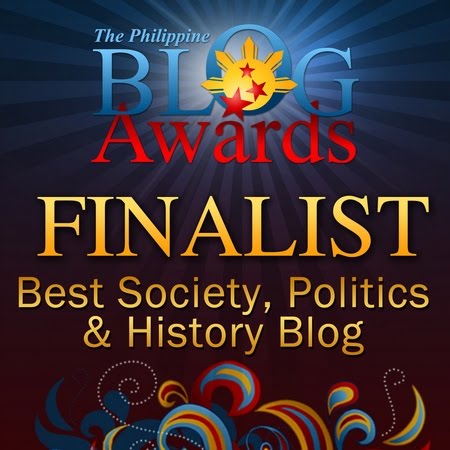42 WEEKS TO ASCENSION: ARMAGEDDON SIZZLES, MEDITATION FOR PEACE URGED!
Erle Frayne D. Argonza / Ra
29 February 2012
Gracious Day to all expectant New Earth habitués!
Just 42 weeks and 2 days remain prior to the Earth’s ascension as of this writing. As update I had vision about Gabriel’s Forces confronting and arresting Evil Ones, thus ensuing with the cleansing agenda of the Light Forces prior to the Ascension, and this one’s for the good news…
What remains worrisome is the Armageddon Agenda of the Illuminati & Evil Masters.
Each and every agendum of the Evil Ones aimed at catastrophic destructions of peoples and habitats have so far been neutralized by the Ascended Host. The catastrophic downspin of the global economy in 2007, which put an end to the Money Economy, had been neutralized somehow, as invisible stabilizers such as hidden gold treasures and the Asian economies put an end to the downspin, thus giving us all just enough time to make it through the Ascension point. Even the World War III (Armageddon) Agenda, which could have started in mid-2009 yet, crackled and almost disheveled.
Recent events though have shown that the evil cabal will stop at nothing to detonate their most evil plot so far: Armageddon. As already writ by me in 2010 yet in a series of social blogs, the cabal will use Israel to wage a frontal attack against the re-awakened Persia (Iran), while a Semitic Alliance will cast their side for Zionists towards such a sordid end. A re-awakened Rome—the EU-USA coalition—will again confront its ancient enemy Parthia/Persia, a conflagration that will force other powers Russia, China, India to join the fray.
My related articles, writ in 2010 yet, are shown below:
Gulf States: Enforcers of Oligarchic ‘Clash of Civilization’ Madness –
http://erleargonza.blogspot.com/2010/07/gulf-states-enforcers-of-oligarchic.html
Zion-Sunni Coalition: Ancient Pan-Semitism Surfacing - http://erleargonza.blogspot.com/2010/08/zion-sunni-coalition-ancient-pan.html
Persia Re-Awakens to Confront Revived Rome (EU-USA) - http://erleargonza.blogspot.com/2010/08/persia-re-awakens-to-confront-revived.html
Currency: Persia’s Overkill Weapon versus New Rome (EU-USA) -
http://erleargonza.blogspot.com/2010/08/currency-persias-overkill-weapon-versus.html
Israel Prepares to Combat Iran: Semite-Persia War Hastens –
http://erleargonza.blogspot.com/2010/08/israel-prepares-to-combat-iran-semite.html
Meantime, a chilling development about missile launched by US forces based in San Diego, but which were taken down by Pleiadian space contingents, was posted at the YouTube (see
http://www.panamalaw.org/a_mysterious_missile_a_carnival_cruise_ship_disabled.html). The lady Pleiadian contactee who reported the event contended that the missile was aimed at Iran. Intelligence analysis though shows that America’s long-range ICBMs can’t reach Iran from San Diego, which points to China as the possible destination of the controversial missile.
Meanwhile, in a recent report by the Washington Post, US Secretary of Defense L. Panetta “U.S. Defense Secretary Leon Panetta "believes there is a strong likelihood that Israel will strike Iran in April, May, or June” (http://www.larouchepub.com/hzl/2012/3906wwiii_suicide_humanity.html). That’s the 2nd quarter storm, and April is just 32 days ahead ahead as of this writing.
The Armageddon Agenda is sizzling hot as of the moment. But will the conflict lead to the launching of nuclear ICBMs in case? Will any single nuke succeed in detonation, given the massive presence on Terra’s 4th dimension today of Galactic Command Forces and Celestial Forces?
Let us therefore continue to meditate on the theme of Peace & Light and intensify such meditation on the peace theme in the months mentioned. Let us reinforce the efforts of the Ascended Host to stop the global war madness by all Light means conceivable.
@@@@@@@@@@@@@@@@@@@@@@@@@@@@@@@@
